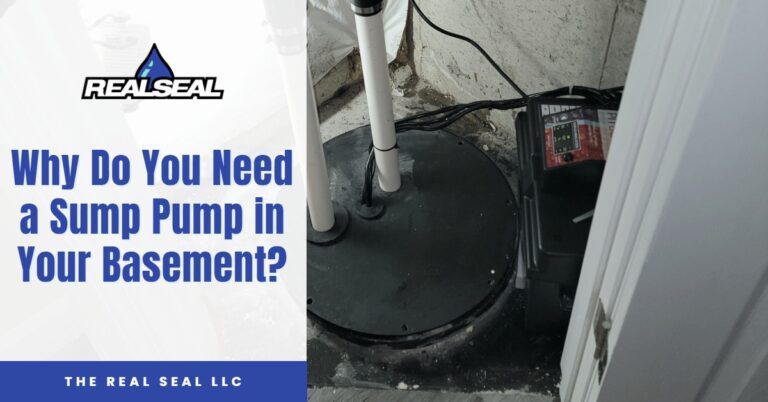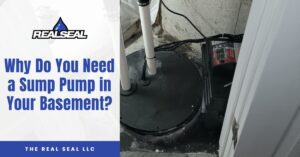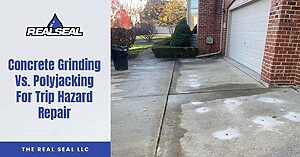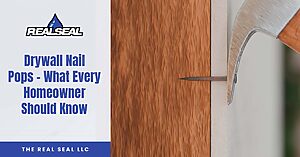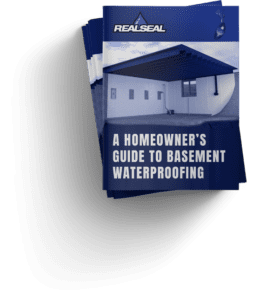During heavy rains and wet weather, water can pool around your foundation and basement. If your foundation is not completely waterproofed, your basement could be at risk of flooding. To help reduce the risk of basement flooding, many owners choose to install sump pumps in their basement and/or crawlspaces. Let’s take a closer look at the important role that the sump pump plays in protecting your home from flooding and water damage:
Removal of Excess Water
When a sump pump is installed, it is placed in a specialized hole known as a sump pit. Because the sump pit is lower than the rest of the basement, water will naturally flow to this area. At the base of the sump pit lies the sump pump, which is designed to remove excess water from the basement. Once the sump pit fills with water, the sump pump will activate and begin pumping.
Mechanics of a Sump Pump
In order to remove water effectively from the basement of your home, a sump pump relies on the mechanics of a centrifugal pumping action. Once the float switch lifts, an interior motor turns on. The motor spins and creates a centrifuge inside of the pump, generating enough force to push the water through a discharge line. You also have weep holes in a sump pump.
Types of Sump Pumps
When you install a sump pump, you will have the option of selecting between a submersible or pedestal pump. Submersible pumps are located inside the sump pit, whereas pedestal pumps are located above the water line of the pit. No matter which type you choose, a sump pump will help protect your home from water damage.
At The Real Seal, we can replace your sump pump with a new, efficient model. Our basement waterproofing experts will provide you with a full range of services to ensure that your basement and foundation are fully sealed and resistant to flooding. Call us at (847) 996-9320 to learn more about the full range of basement waterproofing services we offer. You can also schedule an appointment for a free estimate.
